Introduction:
When a mirror breaks, it can be disheartening, especially if it holds sentimental or aesthetic value. However, with the right tools and techniques, it is possible to connect a broken mirror and restore its functionality and appearance. Repairing a broken mirror requires careful handling and attention to detail to ensure a secure and seamless connection. In this article, we will explore various methods for connecting a broken mirror, including using adhesive materials, utilizing specialized mirror repair kits, and seeking professional assistance. By following these steps, you can successfully repair a broken mirror and preserve its beauty.
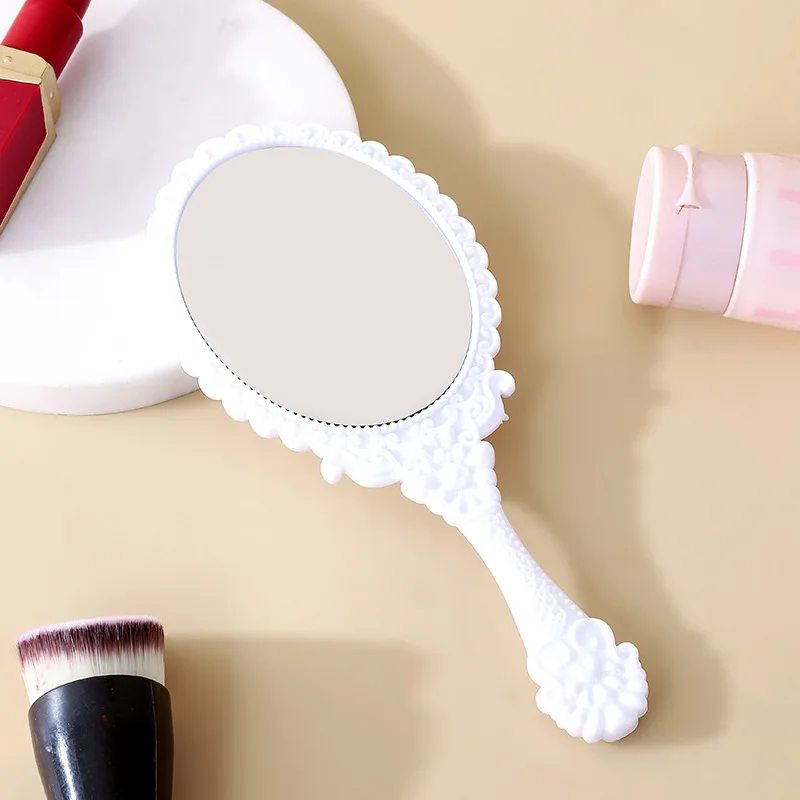
How do you connect a broken mirror?
Assess the Damage:
Before attempting to connect a broken mirror, carefully assess the extent of the damage. Consider the following factors:
a. Number of Pieces: Determine the number of broken pieces and their sizes. This will help determine the complexity of the repair and the type of materials needed.
b. Clean Breaks: Assess if the broken pieces have clean edges or if they are jagged or chipped. Clean breaks are easier to connect and provide a better fit.
c. Damage to the Reflective Coating: Check if the reflective coating on the back of the mirror has been damaged. If the coating is compromised, the reflection may be distorted or affected after repair.
Gather the Necessary Tools and Materials:
To connect a broken mirror, gather the following tools and materials:
a. Safety Gear: Wear gloves and safety goggles to protect yourself from sharp edges or glass fragments.
b. Adhesive Materials: Select a high-quality adhesive suitable for glass, such as mirror adhesive, epoxy resin, or clear silicone adhesive. Ensure the adhesive is transparent and creates a strong bond.
c. Clamps or Tape: Depending on the size and shape of the broken mirror, you may need clamps or strong tape to hold the pieces securely while the adhesive sets.
d. Cleaning Supplies: Use mild glass cleaner and lint-free cloths to clean the broken edges of the mirror before applying adhesive.
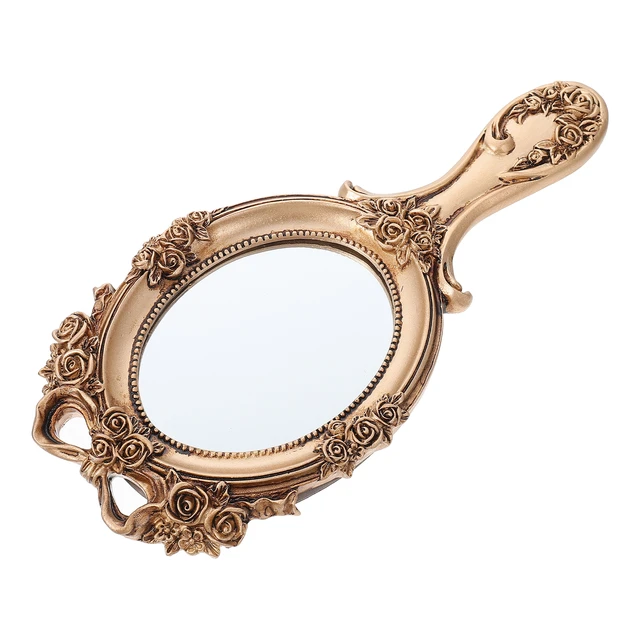
Repairing with Adhesive Materials:
There are several techniques for connecting a broken mirror using adhesive materials. Follow these steps for a successful repair:
a. Clean the Broken Edges: Carefully clean the broken edges of the mirror with a mild glass cleaner to remove any dirt, debris, or adhesive residue. Ensure the surfaces are completely dry before proceeding.
b. Apply Adhesive: Apply a thin, even layer of adhesive to one of the broken edges of the mirror. Use a small brush or toothpick to ensure precise application. Avoid using excessive adhesive, as it can create a messy and uneven connection.
c. Align the Pieces: Align the broken pieces of the mirror carefully, ensuring a snug fit. Take your time to achieve the proper alignment, as this will determine the overall appearance of the repaired mirror.
d. Secure the Connection: Once the pieces are aligned, gently press them together to create a firm bond. If needed, use clamps or tape to hold the pieces in place while the adhesive cures. Follow the manufacturer’s instructions for the recommended curing time.
e. Clean Excess Adhesive: Remove any excess adhesive that may have squeezed out from the connection. Use a cloth or cotton swab dampened with a suitable adhesive remover or rubbing alcohol to clean the area around the repaired joint.
f. Allow for Proper Curing: Give the adhesive enough time to fully cure before handling or mounting the mirror. This duration can vary depending on the adhesive used, so refer to the product instructions for guidance.
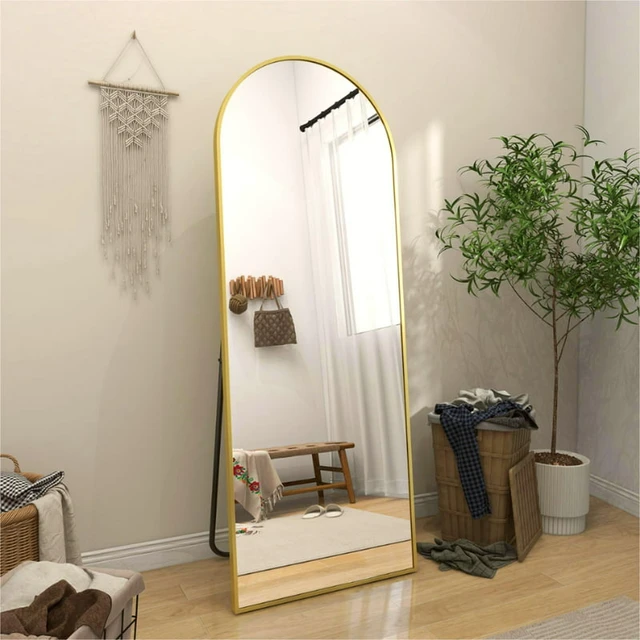
Specialized Mirror Repair Kits:
In addition to adhesive materials, specialized mirror repair kits can provide comprehensive solutions for reconnecting broken mirrors. These kits typically contain all the necessary tools and materials specific to mirror repairs. Follow the instructions provided with the kit for best results.
a. Kit Contents: Mirror repair kits often include adhesive materials, applicators, clamps or tape, and sometimes additional items such as reinforcement strips or supports for added stability.
b. Follow Kit Instructions: Carefully read and follow the instructions provided with the mirror repair kit. These instructions will guide you through the specific steps and techniques for connecting the broken mirror using the materials provided.
c. Professional Assistance: If you are unsure about using a mirror repair kit or if the damage is extensive, consider seeking professional assistance. Mirror repair specialists have experience in handling various types of damage and can provide the expertise needed for a successful repair.
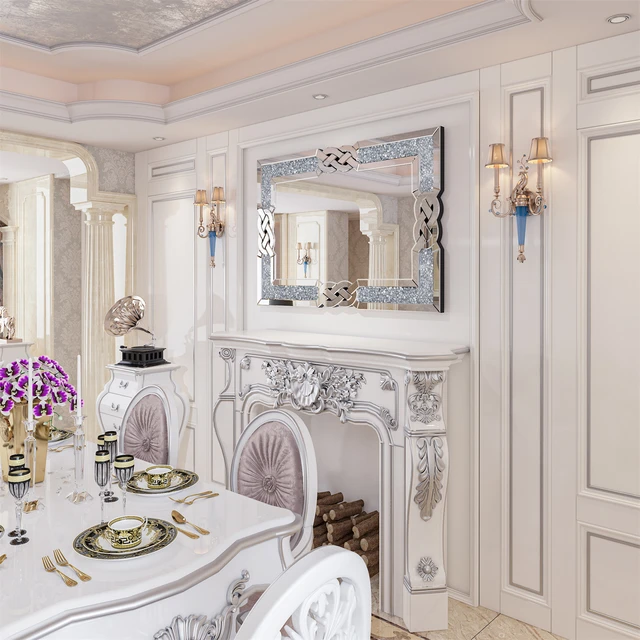
Seeking Professional Assistance:
In some cases, connecting a broken mirror may require the skills and expertise of a professional. Professional mirror repair services can ensure a seamless repair and provide additional options for damaged or complex mirrors. Consider the following when seeking professional assistance:
a. Research and Recommendations: Research local mirror repair services and read reviews or seek recommendations from friends, family, or professionals in the industry.
b. Consultation: Schedule a consultation with a mirror repair specialist to discuss the extent of the damage and explore potential repair options. They can provide insights into the best approach for connecting the broken mirror based on their expertise.
c. Professional Repair Techniques: Mirror repair specialists have access to specialized tools, materials, and techniques that may not be readily available to the average person. They can employ advanced methods, such as ultraviolet (UV) bonding or fusion welding, to achieve a more robust and seamless connection.
d. Mirror Replacement: In cases where the damage is extensive or the mirror is valuable, the specialist may recommend replacing the mirror instead of attempting a repair. They can guide you through the process of selecting a suitable replacement mirror and ensure a proper installation.
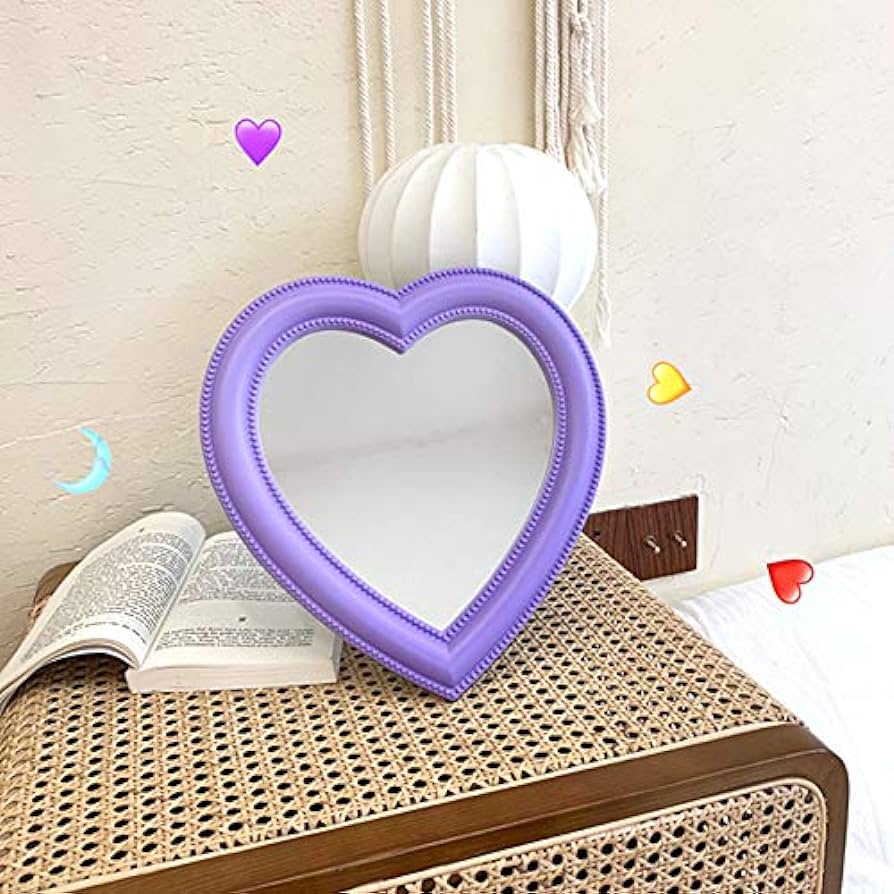
Conclusion:
Repairing a broken mirror requires careful handling and attention to detail. By assessing the damage, gathering the necessary tools and materials, and following the appropriate techniques, you can successfully connect a broken mirror and restore its functionality and appearance. Whether using adhesive materials or specialized mirror repair kits, it is important to follow the instructions provided and allow sufficient time for curing. In cases of extensive damage or valuable mirrors, seeking professional assistance ensures a seamless repair and provides access to advanced techniques. By taking the appropriate steps, you can effectively repair a broken mirror and preserve its beauty for years to come.
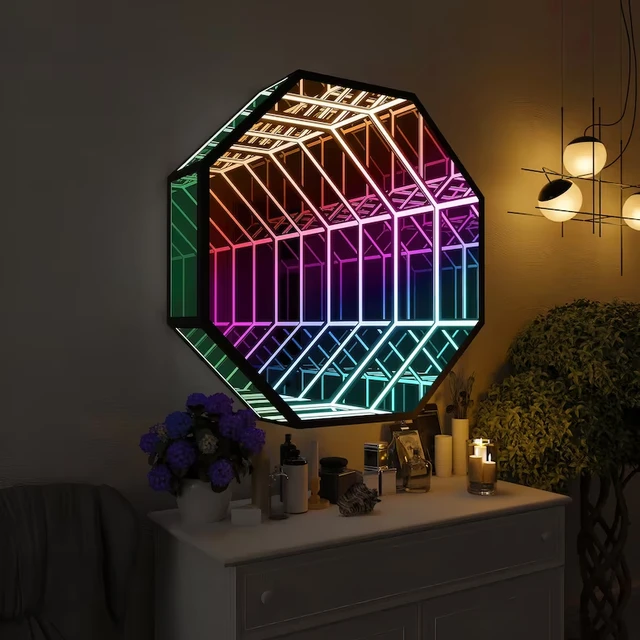
Leave a Reply